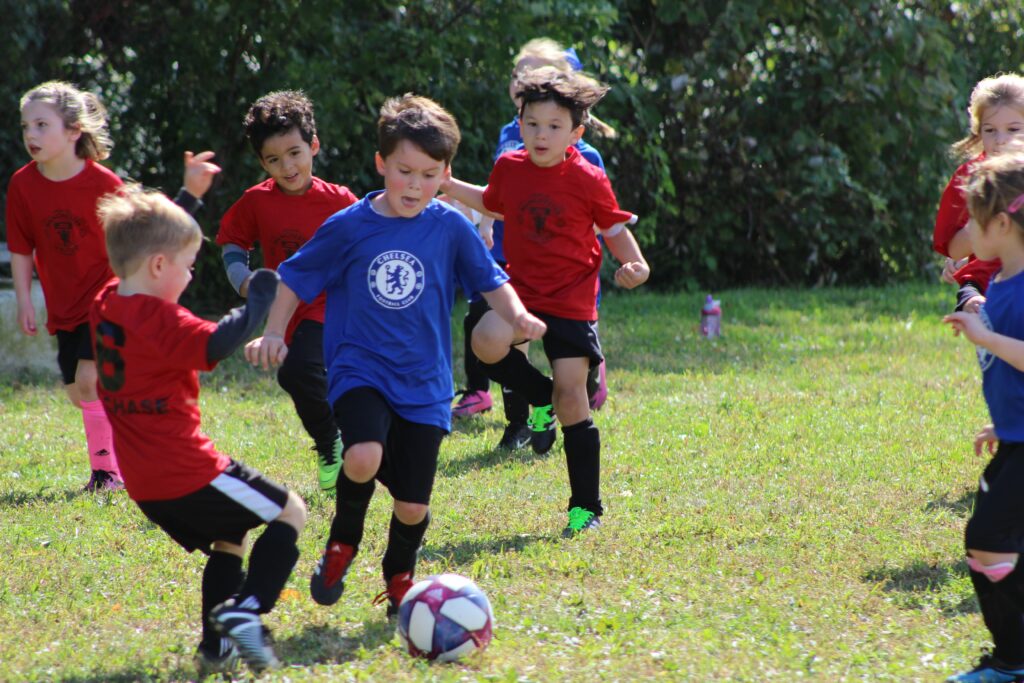Bones are solid structures that give a body the framework of support. This framework is strong enough to support a person’s entire body weight and more, despite the bones themselves being relatively light. Bones have the unique job of protecting the organs of the body by surrounding them and sheltering them from external harm.
Makeup Of Bones
Bones are made of a network of protein fibers called collagen and this collagen in conjunction with calcium phosphate (a mineral also found in bone), gives bones the strength and hard structure for which they are known. Calcium, a nutrient, is stored inside of bones and is released by bones when other parts of the body need it. The nutrition you get from your diet brings vitamins and minerals into your body and some of these, including Vitamin D and calcium, directly control how much calcium is stored inside of your bones.
Bone is made of two types of tissues: cortical bone and cancellous bone. Cortical bone is the outer shell of the bone and is very strong and allows blood vessels and nerves to run through it. Cancellous bone has a spongier texture and is found inside of the bone. Bone marrow, which produces red blood cells, some white blood cells and platelets, is contained within the cancellous bone material. These blood products all hold special roles in the body and are necessary for overall good health.
Why Are Muscles So Important?
Muscles play an important role in the body’s movements, ones that you are aware of and purposely perform and others that you have no control over. Muscles allow your body to move freely as you walk, and they also control parts of the body such as the digestive system and the cardiovascular system. Muscles are constantly being called upon to keep your body functioning.
Different Types Of Muscles
The three types of muscles that humans possess are skeletal muscles, smooth muscles and cardiac muscles. Skeletal muscles, which are voluntary muscles, are the groupings of fibers that control the skeleton and allow you to control how you move and how your body looks. They get tired easily from the activity you do and the work you expect them to perform, but they are indeed very powerful. Smooth and cardiac muscles perform other functions in the body. Contrary to skeletal muscles, they are involuntary, meaning you don’t control when they work and when they don’t.
Muscles And The Spinal Cord
Muscles work at the direction of the brain. When you decide to move, your brain sends a signal to your spinal cord which then sends a signal to the nerves that supply the muscle telling it to move. The muscles then send signals through the nerves, through the spinal cord and back to the brain telling it the movement that was made and the position the muscle is in. Your brain has a complex system that it utilizes to process both outgoing and incoming signals to produce smooth and coordinated movements of your body.
Skeletal Muscles And Flexor Muscles
Muscles move your body parts by contracting and relaxing. However, skeletal muscles can only pull, they cannot push. This requires them to work in groups to successfully control joints and movements throughout the body. For example, there are flexor muscles which, when contracted, can bend a joint. When the flexor muscles relax, the extensor muscles contract causing the joint to straighten.
Different Kinds Of Joints
A joint is the term used to describe the meeting place of two bones. The bones can meet in different ways, which allows for various movements, but together, the joints allow for flexibility and proper mechanics of the body. Some joints are fibrous and don’t allow the body to move in that area, such as in the skull. Other joints are cartilaginous joints, which allow for some movement. Spinal vertebrae are linked together through fibrous joints. Lastly, synovial joints which comprise the majority of joints in the body including the shoulders, elbows, hips, knees and other common joints found in orthopedics. These synovial joints include ball and socket joints, which allow for all directions of movement, as well as hinge joints, which allow for one direction on movement.
When to See a Pediatric Orthopedist
The Pediatric Orthopedic Center is the premier NJ hub for pediatric orthopedics, with three offices throughout northern NJ. Having been the leader in pediatric orthopedics in this area for over 25 years, we are the largest and most award-winning pediatric orthopedic practice in the tri-state area.



